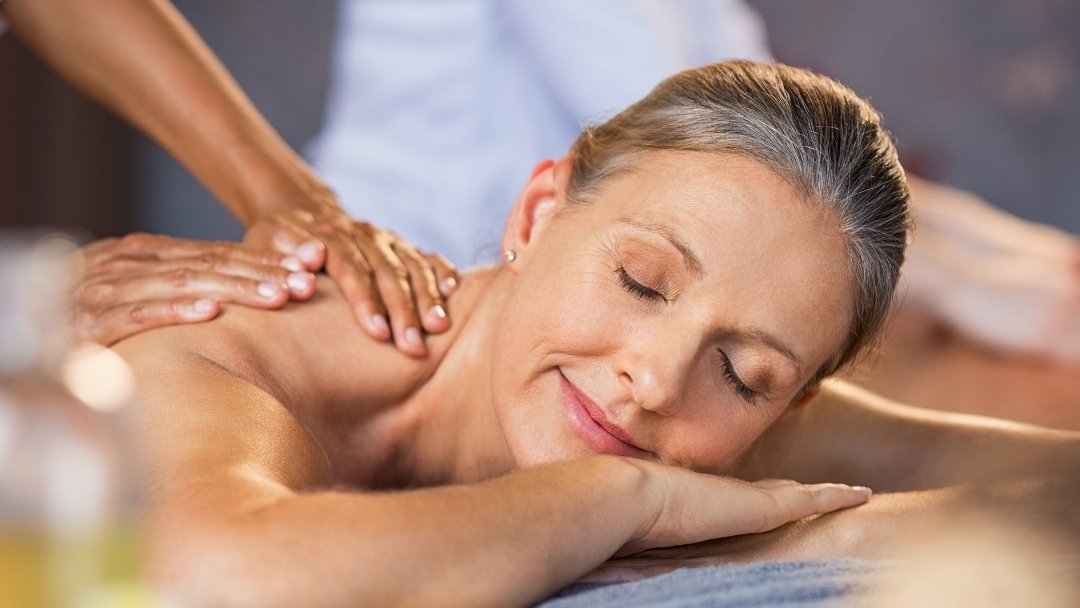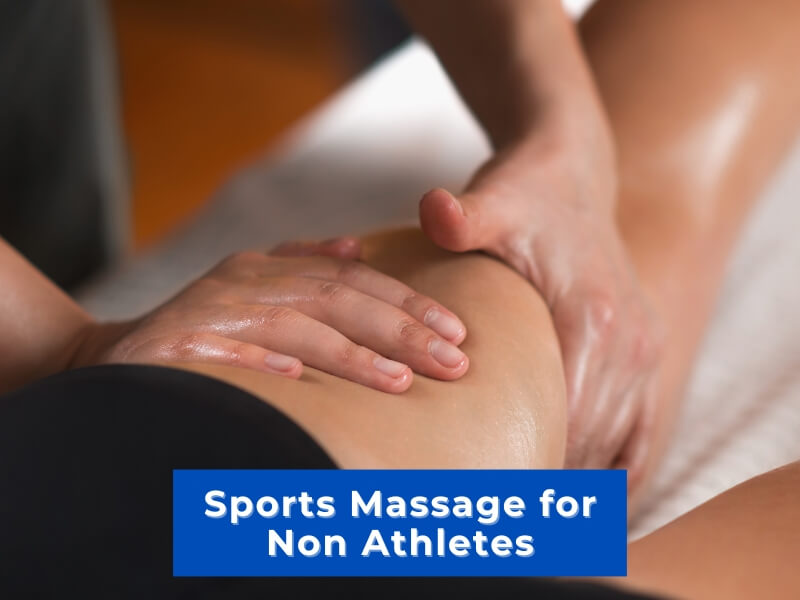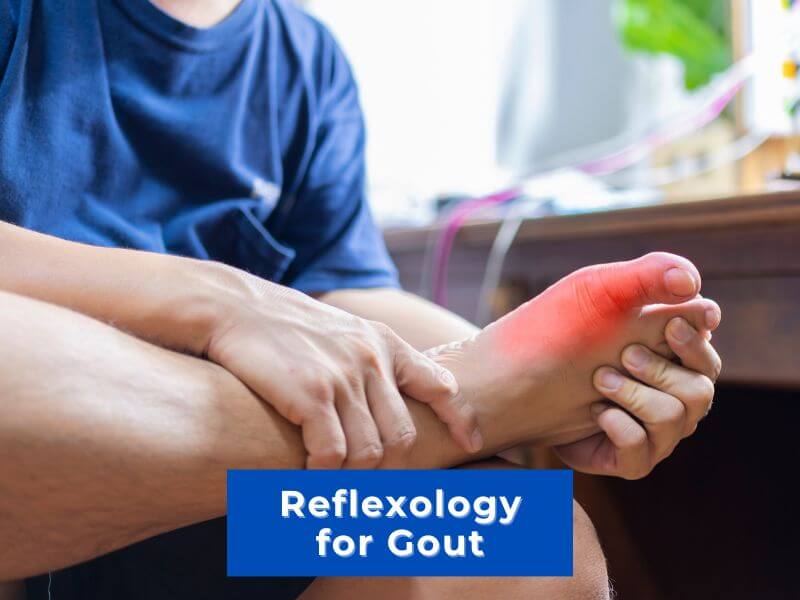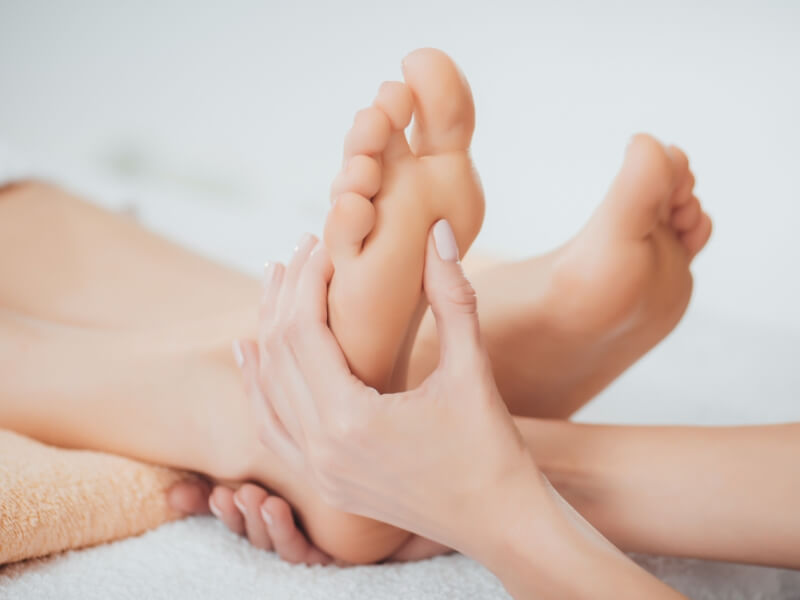If you’ve been feeling stressed, tense, or simply out of balance, you’re not alone. Many people are seeking natural ways to ease physical discomfort and emotional strain. Aromatherapy massage offers a gentle, nurturing solution — combining the power of touch with the soothing properties of essential oils. Whether exploring holistic self-care for the first time or looking to deepen your wellness routine, aromatherapy massage can be a calming, restorative experience.
What Is Aromatherapy Massage?
Aromatherapy massage is a therapeutic treatment that blends traditional massage techniques with the use of wonderfully fragrant essential oils. Rooted in ancient healing practices, it draws from both the physical benefits of massage and the psychological effects of scent.
During a session, carefully selected essential oils are either inhaled and absorbed through the skin, promoting relaxation, emotional well-being, and, in some cases, targeted symptom relief.
Unlike deep tissue or sports massage, aromatherapy massage tends to be more gentle and rhythmic. It is designed to calm the nervous system and support holistic healing.
What Is Aromatherapy Massage Good For?
Aromatherapy massage is particularly good for individuals seeking relief from stress, mild aches, emotional imbalance, and sleep disturbances. It can also complement a holistic lifestyle by nurturing both body and mind through natural, non-invasive methods. Studies have found it particularly beneficial for menopause symptoms.
What Are the Benefits of Aromatherapy Massage?
Many people report a range of physical and emotional benefits from aromatherapy massage, including:
- Reduced stress and anxiety
- Improved sleep quality
- Relief from muscle tension and pain
- Boosted circulation and lymphatic flow
- Enhanced sense of emotional balance
- Support for conditions like headaches, menstrual discomfort, or low-energy
- Eases menopausal symptoms such as hot flushes
How Does Aromatherapy Massage Work?
The power of aromatherapy massage lies in the dual action of touch and scent:
- Skin absorption: Essential oils are diluted in a carrier oil and massaged into the skin, where they may be absorbed and influence the body’s chemistry.
- Aromatic inhalation: Breathing in essential oils can stimulate areas of your brain connected to emotions (particularly the limbic system), potentially easing stress and boosting mood.
Some commonly used oils include lavender (relaxing), eucalyptus (clearing), and chamomile (soothing). Each session is tailored to your needs, with different oils blended to support your specific goals.
What Is the Difference Between Swedish and Aromatherapy Massage?
Both Swedish and aromatherapy massages aim to promote relaxation, but they differ in focus and technique:
- Swedish massage: Uses physical techniques like kneading and long strokes to improve circulation, flexibility, and muscle relaxation. If you want purely physical relaxation and muscle tension relief, Swedish massage may be ideal.
- Aromatherapy massage: Uses similar gentle techniques but incorporates essential oils to enhance emotional and physiological well-being through scent and skin absorption. An aromatherapy massage might be the better fit if you also want emotional support, stress reduction, or a deeper sensory experience.
What to Expect from an Aromatherapy Massage
If you’re new to this therapy, here’s a gentle overview of what typically happens:
- Consultation: Your massage therapist will need to ask about your health, emotional state, and desired goals for the session.
- Oil selection: Essential oils are chosen and blended based on your needs (e.g., calming, energising, pain relief).
- Massage: Using slow, flowing movements, the therapist will work across your body, helping to relax muscles and encourage lymphatic flow.
- Aftercare advice: Following your massage, you may be advised to rest, drink water, and take it easy.
Most sessions last between 60 to 90 minutes. You remain draped at all times, with only the area being treated exposed.
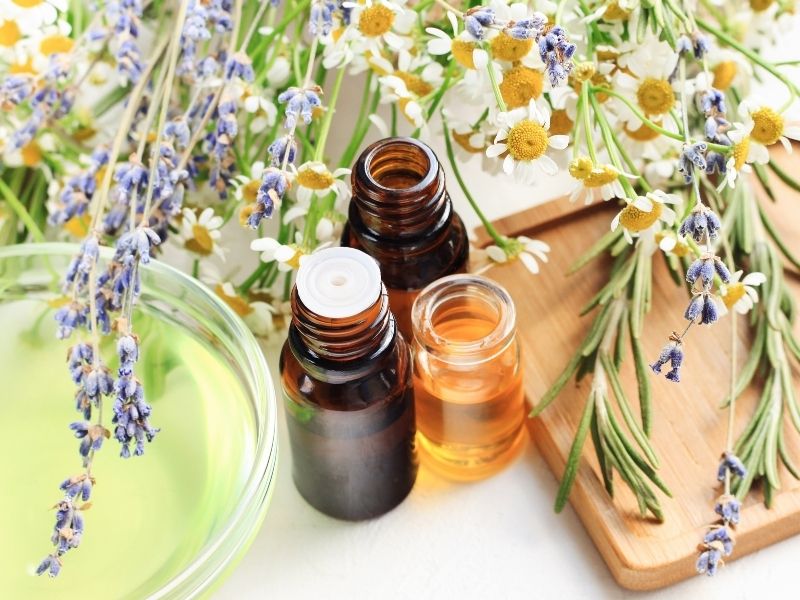
Popular Aromatherapy Massage Essential Oils and Their Benefits
Choosing the right essential oils can enhance the benefits of your aromatherapy massage. Here are a few favourites and what they are commonly used for:
- Lavender: Widely known for its calming and relaxing effects, lavender can help reduce stress, anxiety and promote better sleep.
- Eucalyptus: Often used for respiratory support, eucalyptus oil can clear the mind and ease muscular aches.
- Peppermint: With a refreshing and invigorating scent, peppermint oil can help relieve ease congestion, headaches, muscle pain and boost mental clarity.
- Chamomile: Gentle and soothing, chamomile is valued for its anti-inflammatory properties, and its power to calm and promote relaxation.
- Bergamot: A citrusy, uplifting oil that may help ease symptoms of stress and mild depression.
- Rosemary: Traditionally used to improve circulation and mental alertness while easing muscle tension.
- Geranium: Balancing for both skin and mood, geranium oil is often used to support emotional well-being.
Different therapists may create custom blends to match your emotional and physical needs, making each session deeply personalised.
How Much Is Aromatherapy Massage?
The cost of aromatherapy massage varies depending on location, therapist experience, and session length. In the UK, typical prices are:
- £50–£80 for a 60-minute session
- £70–£100+ for a 90-minute session
Some therapists may offer package deals or discounted first sessions. Always confirm pricing and inclusions beforehand.
Tip: Check our Massage Therapist Directory to find trusted aromatherapy massage practitioners near you.
Is It Suitable For Everyone?
For many, yes. An aromatherapy massage is considered safe for most healthy adults. It can be a wonderful addition to a self-care routine. However, it may not be suitable if you have:
- Severe allergies to essential oils
- Certain skin conditions
- Pregnancy (unless seeing a trained prenatal therapist)
- Specific medical conditions (e.g., heart disease) without consulting a healthcare provider first
If you have any health concerns, you should always let you therapist know before treatment begins.
Complementary Self-Care Practices
Enhance the benefits of your massage with simple at-home rituals, such as:
- Diffusing essential oils (e.g., lavender before bed)
- Practicing deep breathing with aromatherapy inhalers
- Taking warm baths with a few drops of diluted essential oil
- Using a self-massage roller with aromatherapy-infused body oils
Frequently Asked Questions
What is aromatherapy massage best for?
It’s beneficial for reducing stress, promoting relaxation, and easing mild muscle tension.
Can you do aromatherapy massage at home?
Yes, using diluted oils and simple techniques — though professional sessions offer deeper relaxation.
Which essential oils are most commonly used?
Lavender, eucalyptus, bergamot, peppermint, and chamomile are favourites.
Is aromatherapy massage safe during pregnancy?
Only with a trained prenatal massage therapist using pregnancy-safe oils.
How often should I get an aromatherapy massage?
It depends on your needs, but many enjoy sessions every 2–4 weeks for ongoing stress support.
Whether you’re seeking to release built-up tension, recharge emotionally, or simply gift yourself a moment of calm, aromatherapy massage can offer a deeply restorative pause in your busy life.
Ready to explore more? Browse our Therapy Directory or discover our favourite aromatherapy oils to create your own self-care rituals at home.

